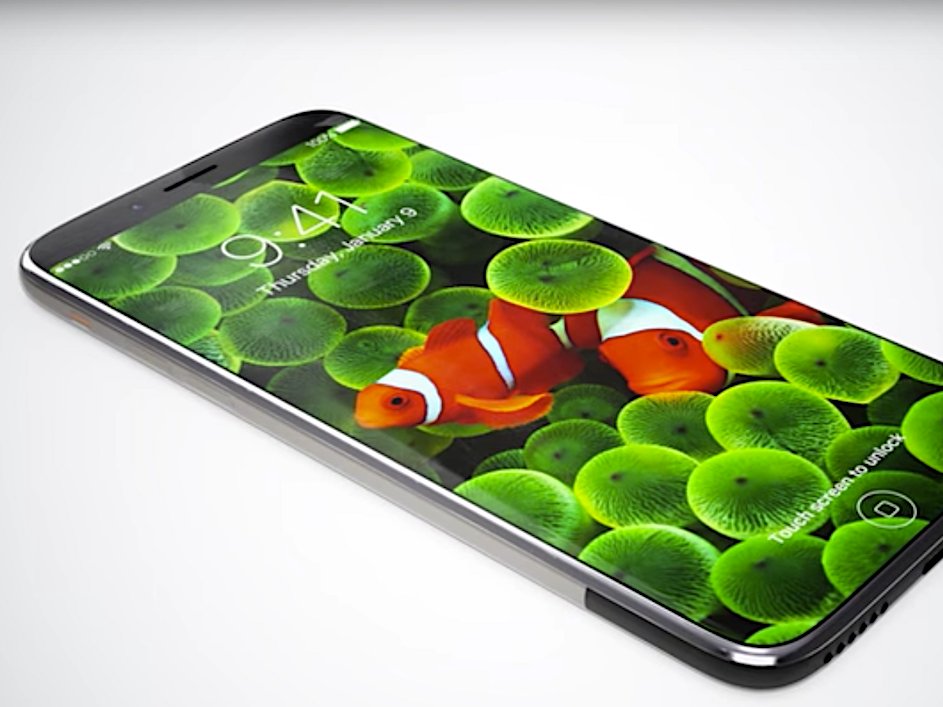 2205
2205
 2017-07-12
2017-07-12

There are a lot of rumors and reports that point to Apple launching a redesigned iPhone this fall with a screen that takes up nearly the entire front of the phone.
But if you want one this fall, you might want to start saving up now.
Over the weekend, Apple fans and users started to seriously discuss the possibility that the next iPhone could cost a lot — some people have even speculated that some more-expensive models could hit $1,500.
The current iPhone 7 starts at $649 for the entry-level model.
The latest round of iPhone price speculation was spurred by the writer and podcaster John Gruber, who had predicted that the gold version of the first Apple Watch would cost $9,999 or more — and when it came out, it did.
Gruber just did a similar post about iPhone pricing for the new iPhone expected this fall. His takeaway: "$1,500 as a starting price is probably way too high. But I think $1,200 is quite likely as the starting price, with the high-end model at $1,300 or $1,400."
Gruber's logic is sound, and although he's known to be close with Phil Schiller, Apple's marketing senior vice president, he says he has no inside Apple information on the pricing.
He's also not the first person to suggest the redesigned iPhone is getting a price hike. It has been floated in a report from Fast Company and by analysts from firms including Credit Suisse.
Gruber argues that when Apple launches an iPhone, it has to be able to make tens of millions of them, which means Apple sometimes can't include as many next-generation, cutting-edge components as its competitors can.
Some of those components are hard to make in volumes of tens of millions; sometimes, there simply aren't enough of them.
If Apple were to launch an expensive iPhone, the increased price would tamp demand down, allowing Apple to take more risks and include more features and parts that might be hard to include if it needed to make hundreds of millions of the same iPhone.
So instead of delaying a full launch because there aren't enough next-generation OLED screens, Apple would maintain its margins of 30% to 40% and introduce a new iPhone model priced at over $1,000, which it could call "Pro" or "Edition."
Gruber writes:
"It sounds to me like the OLED iPhone is a phone which Apple can't make 40 million of per quarter, at least not today. And if that's true, that means it should be more expensive. Not should in any moral sense, but simply because that's how the principle of supply and demand works. When supply is constrained and demand is high, prices go higher. The higher prices alleviate demand."
Apple isn't going to shoot itself in the foot by releasing only one new, wildly expensive iPhone this fall. Current rumors, primarily from the plugged-in KGI Securities analyst Ming-Chi Kuo, suggest that Apple will launch two other phones that are more affordable alongside the redesigned iPhone.
These two devices could look more similar to the iPhone 7 and 7 Plus, and they would probably remain close to them in price — closer to $700 than $1,000. According to Kuo, these phones will have LCD screens, which are abundant.
But the OLED iPhone is going to be the one that Apple fans want. So if you have your heart set on one, it's time to start saving up. Apple usually announces new iPhone models at a media event in September.
Source: BI